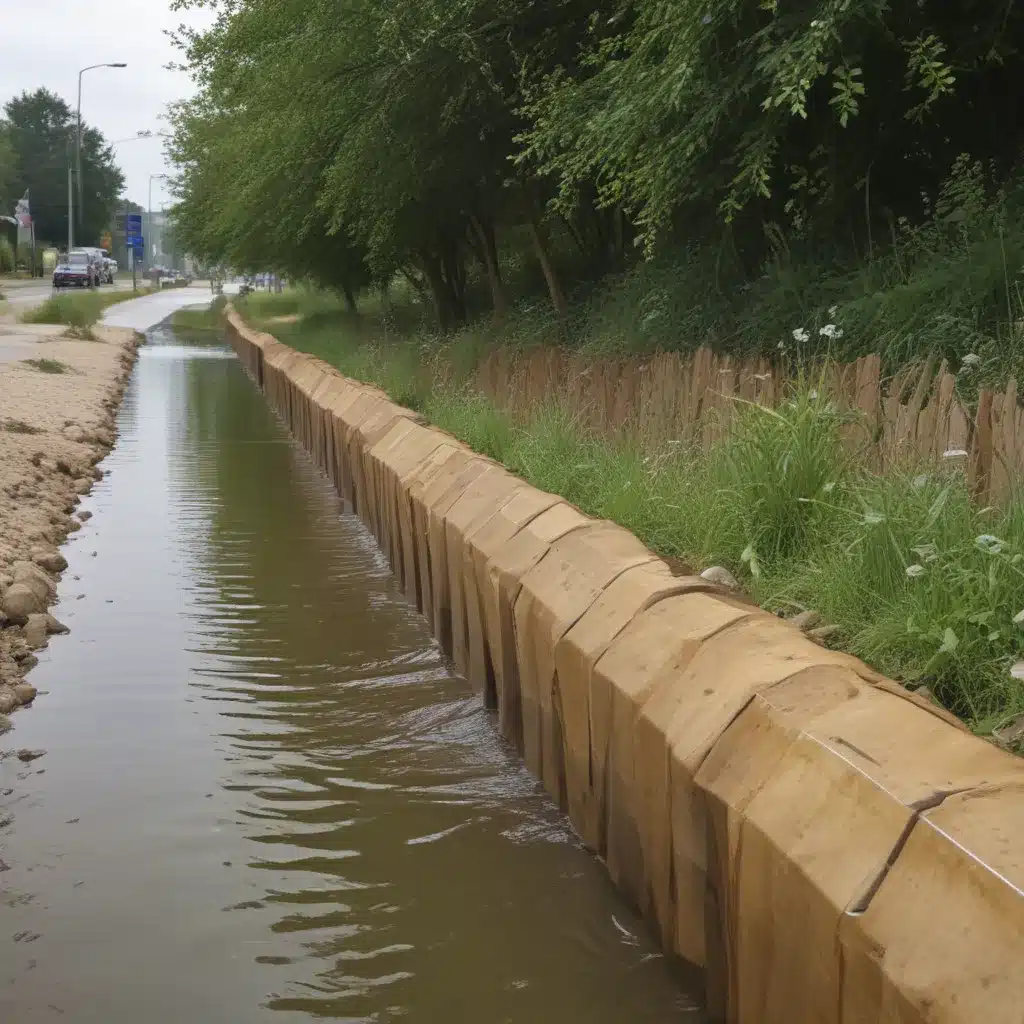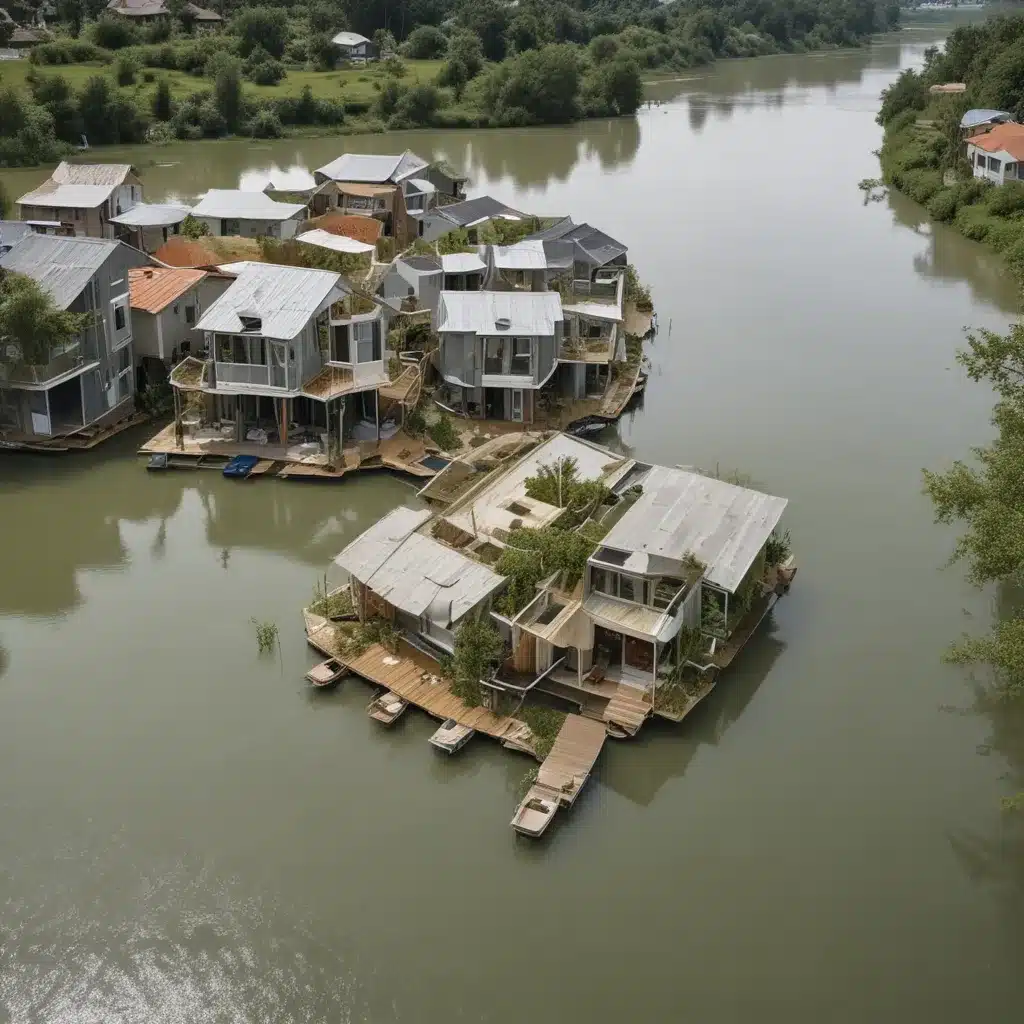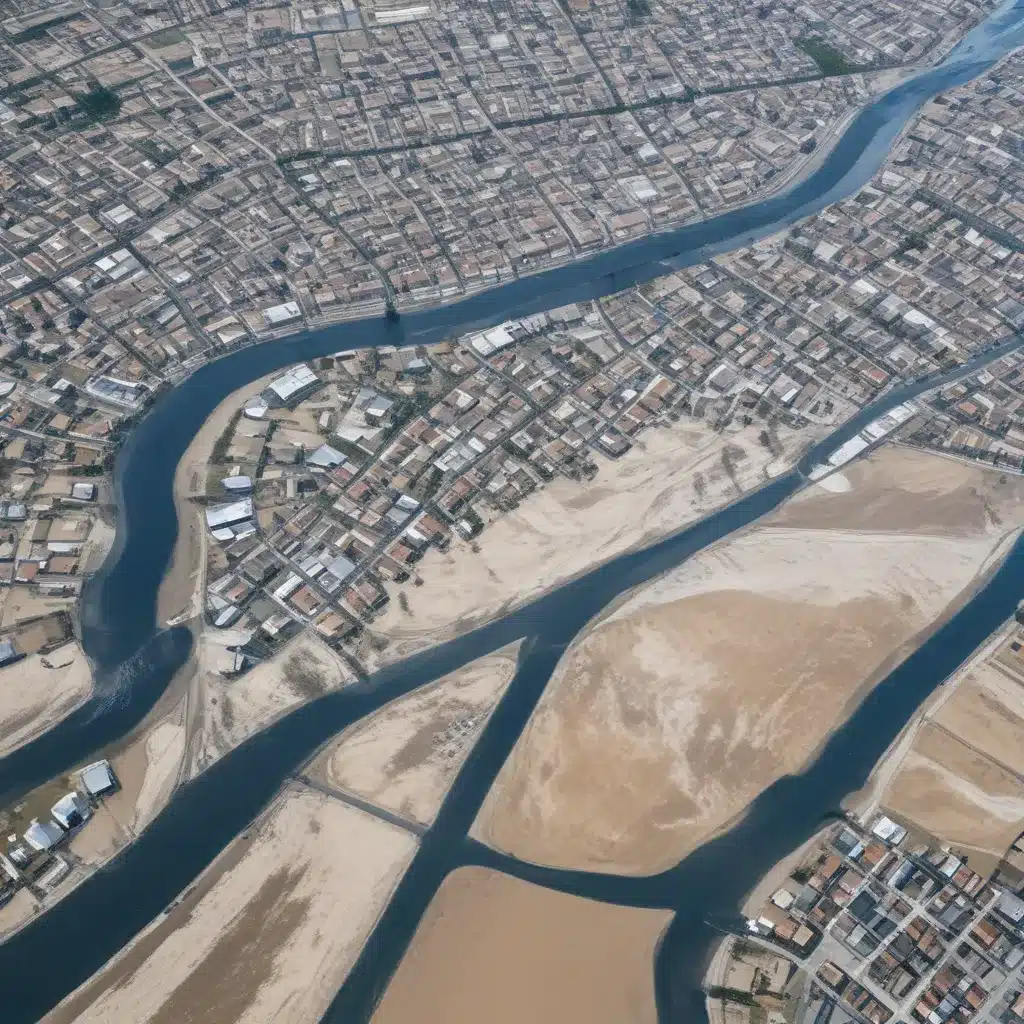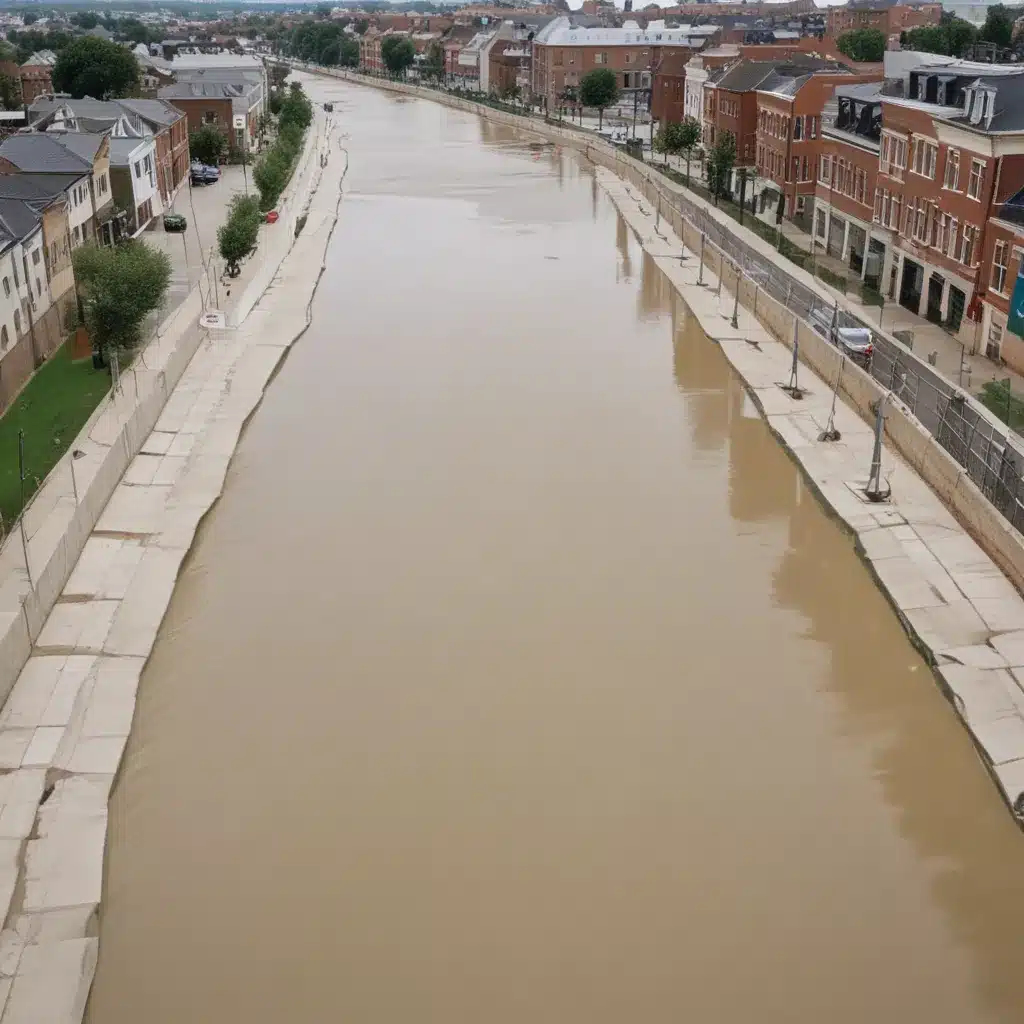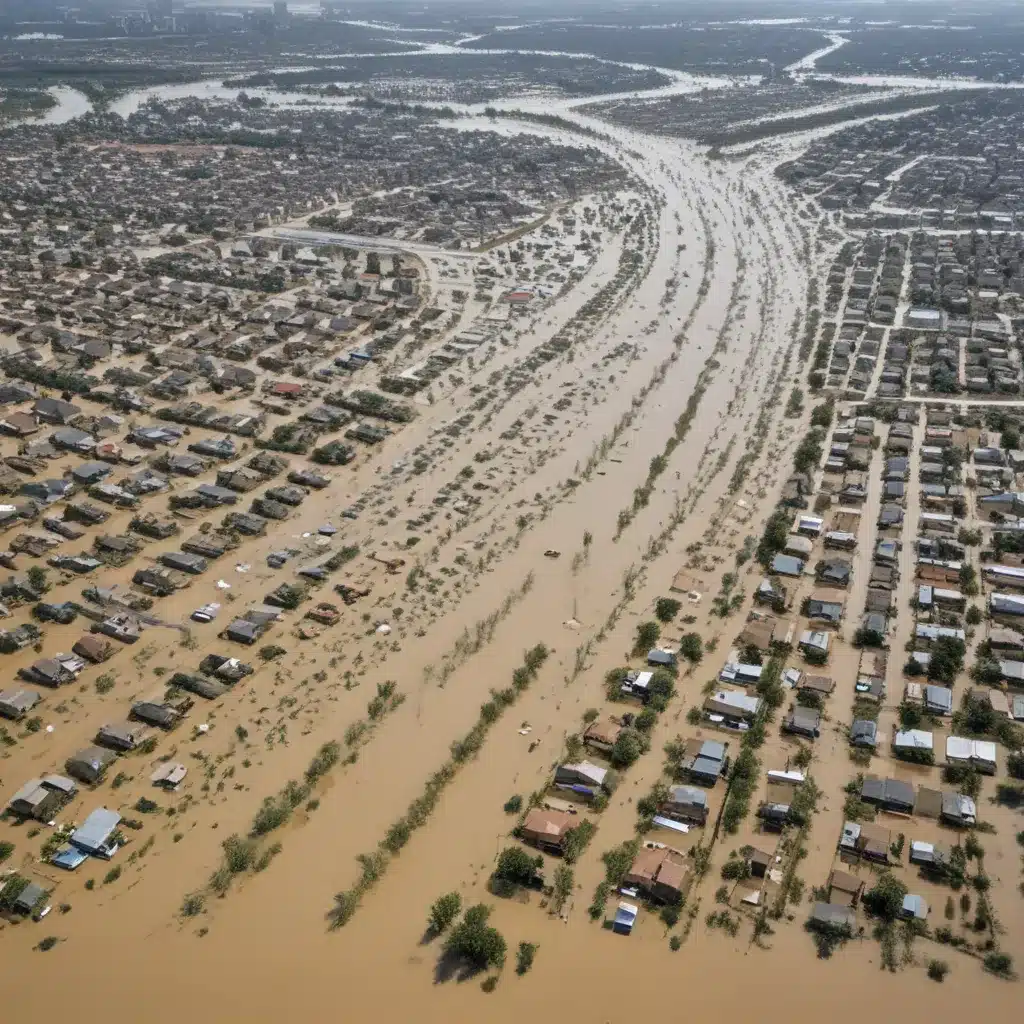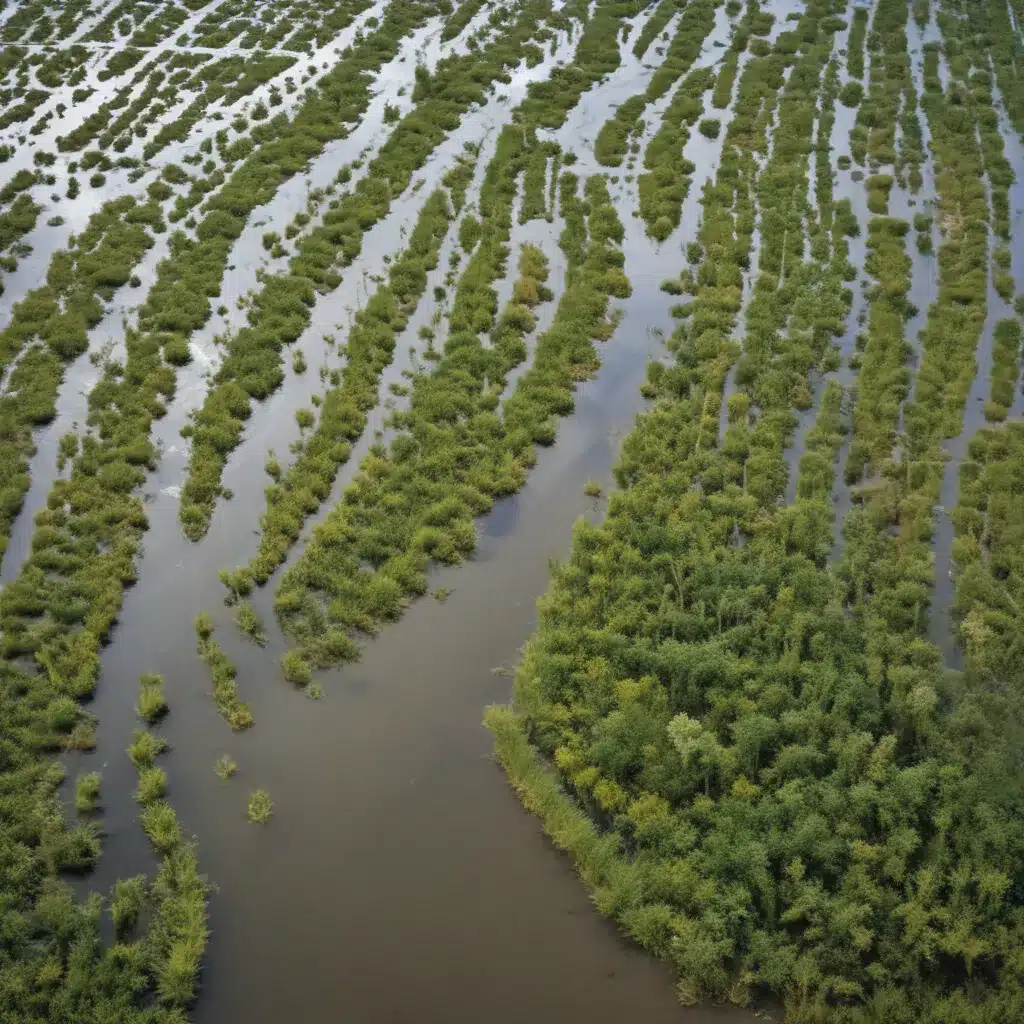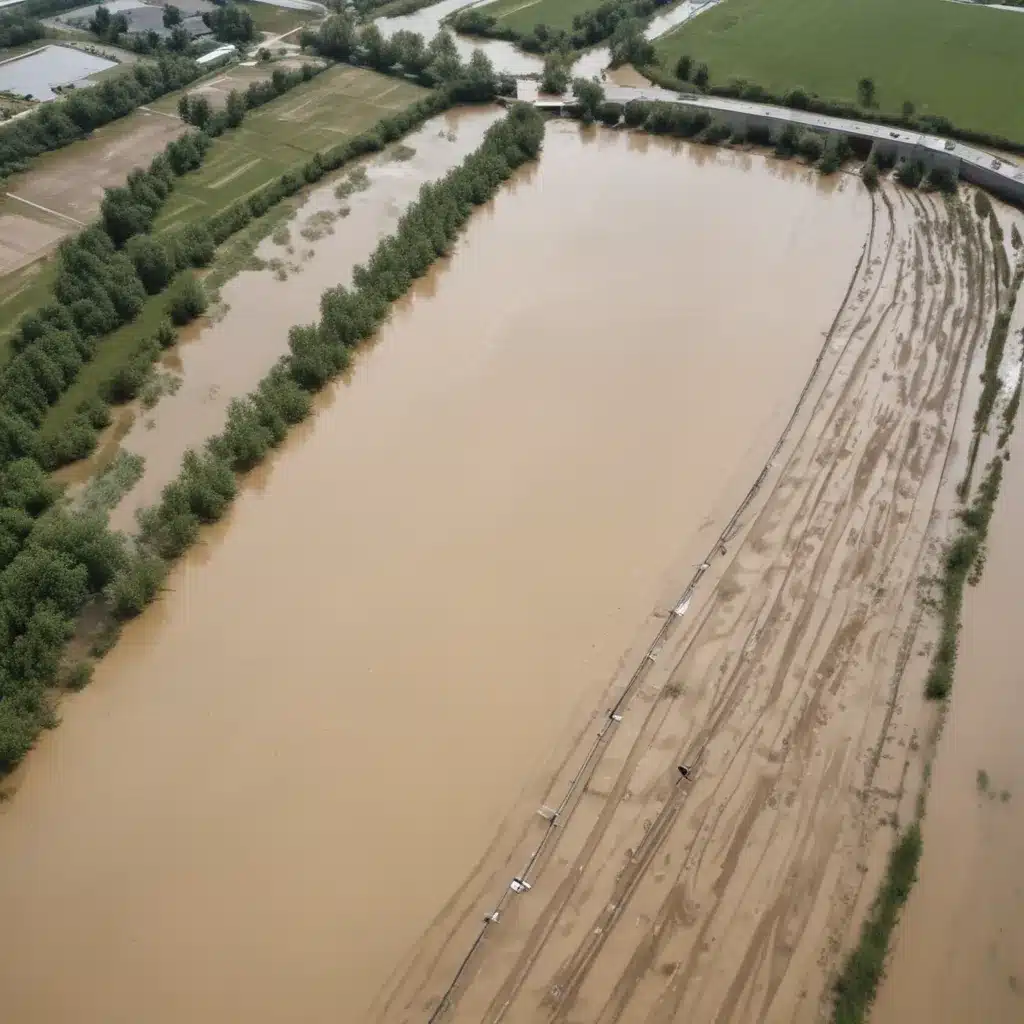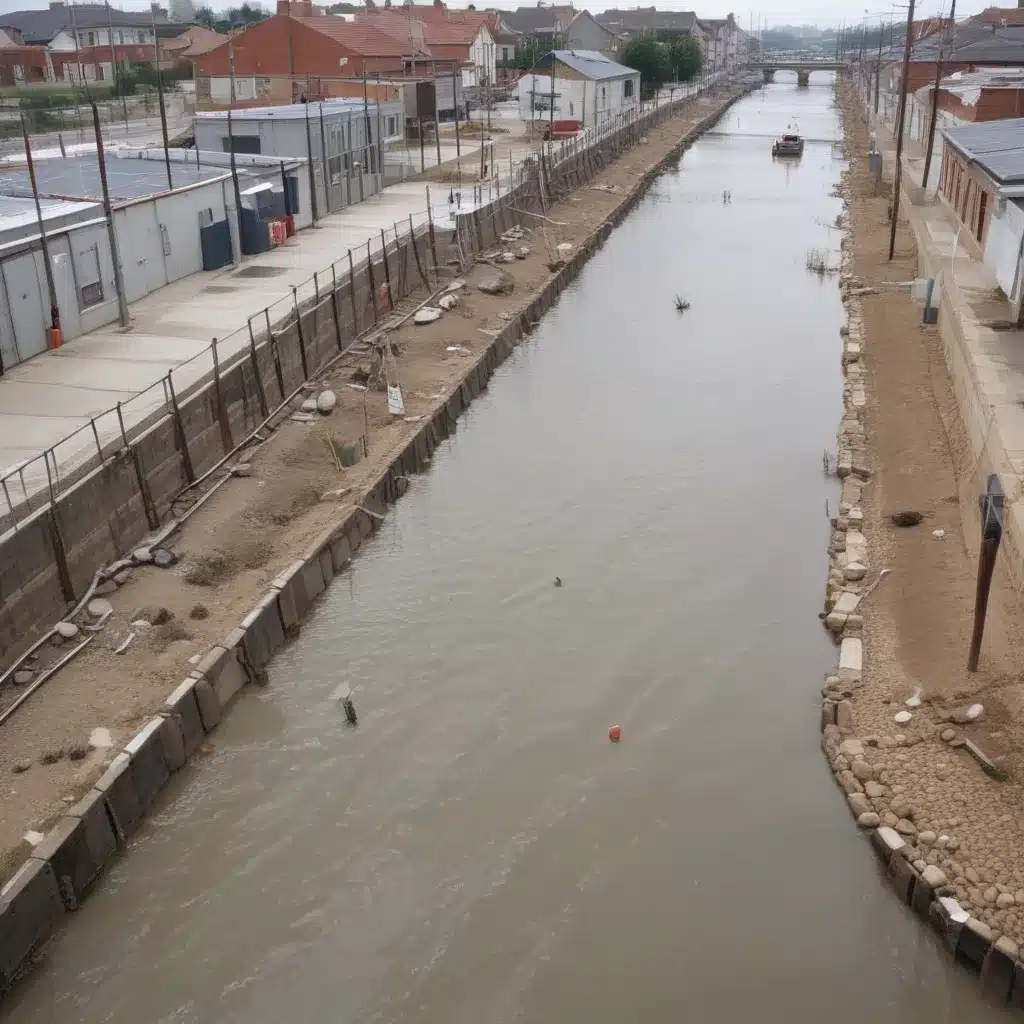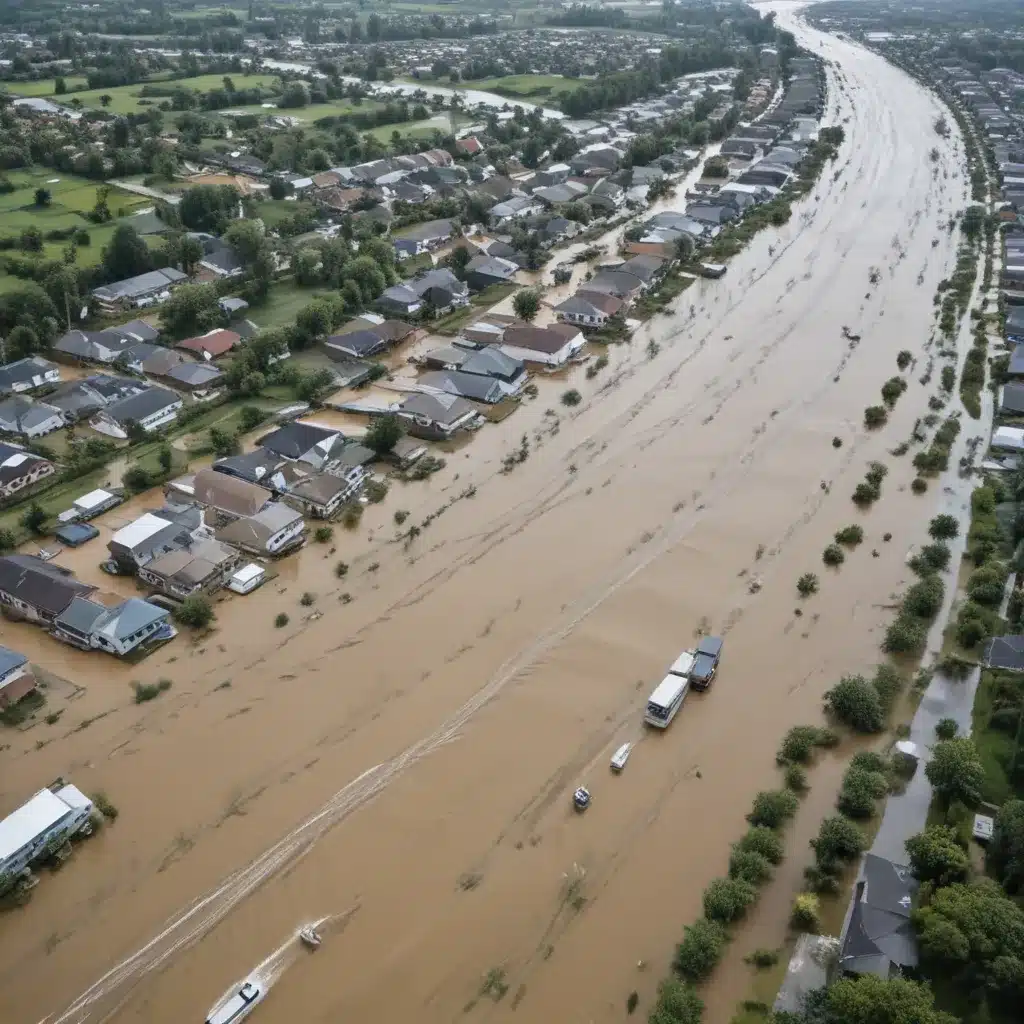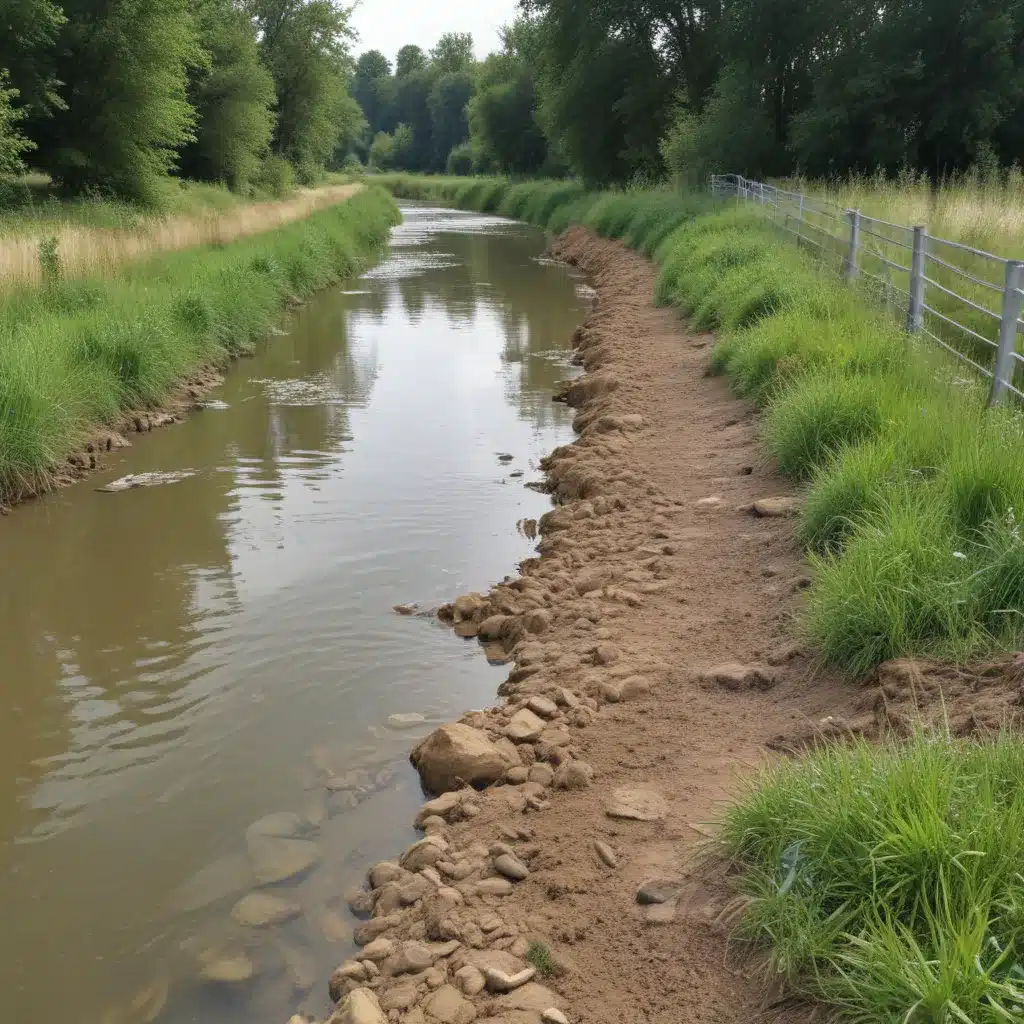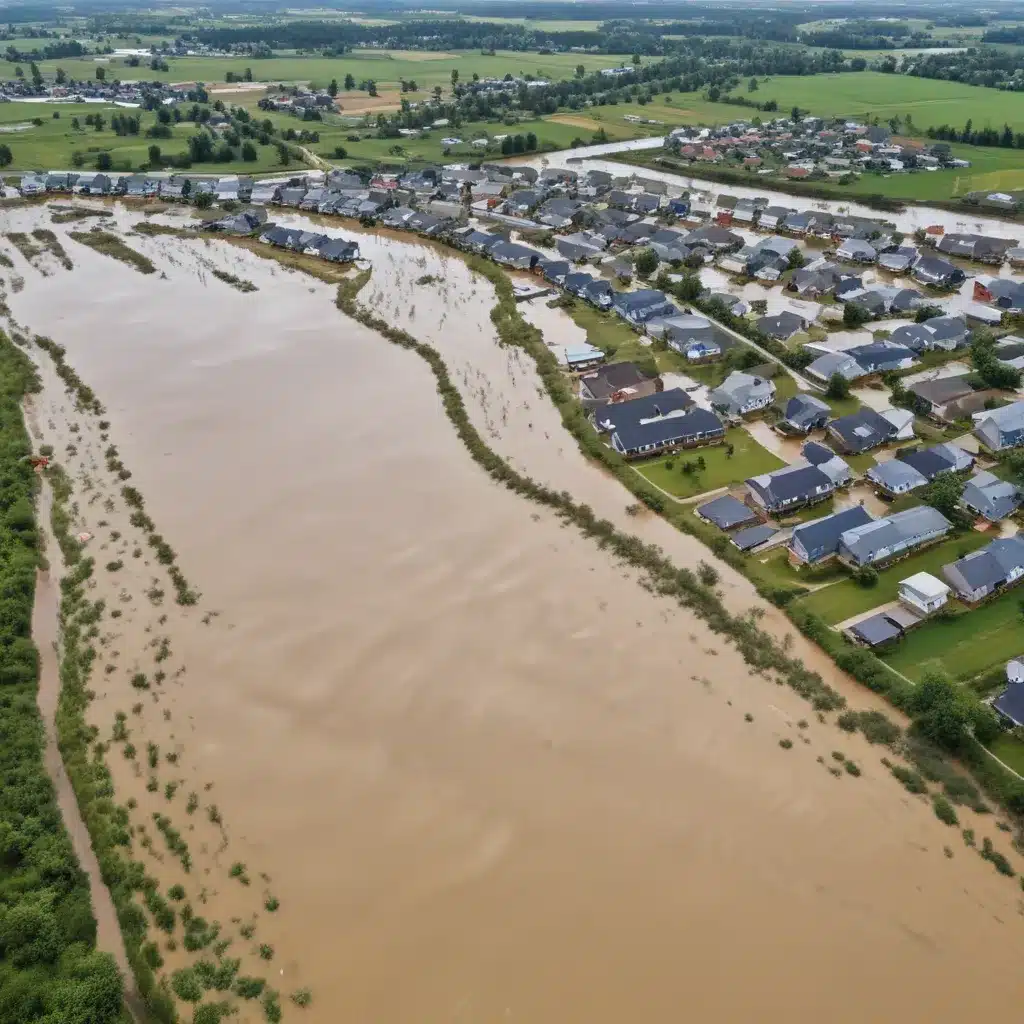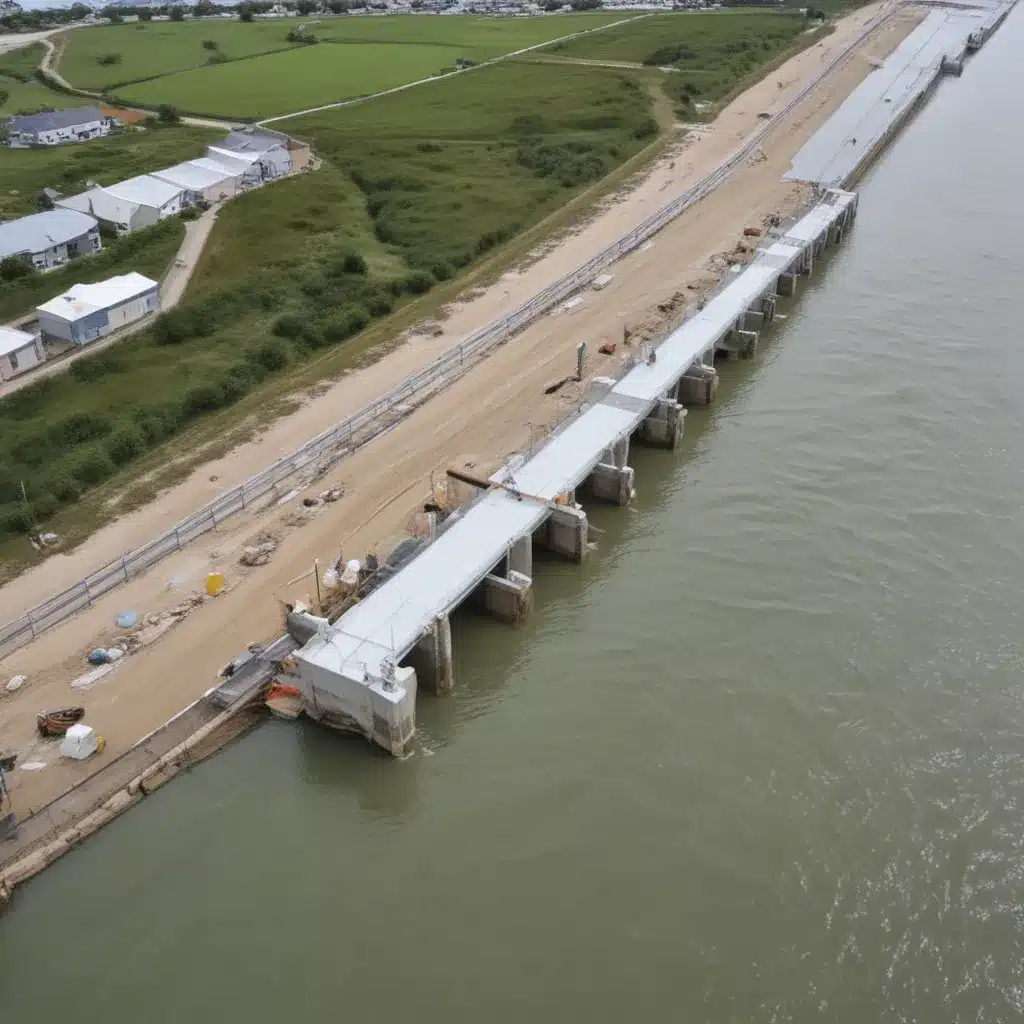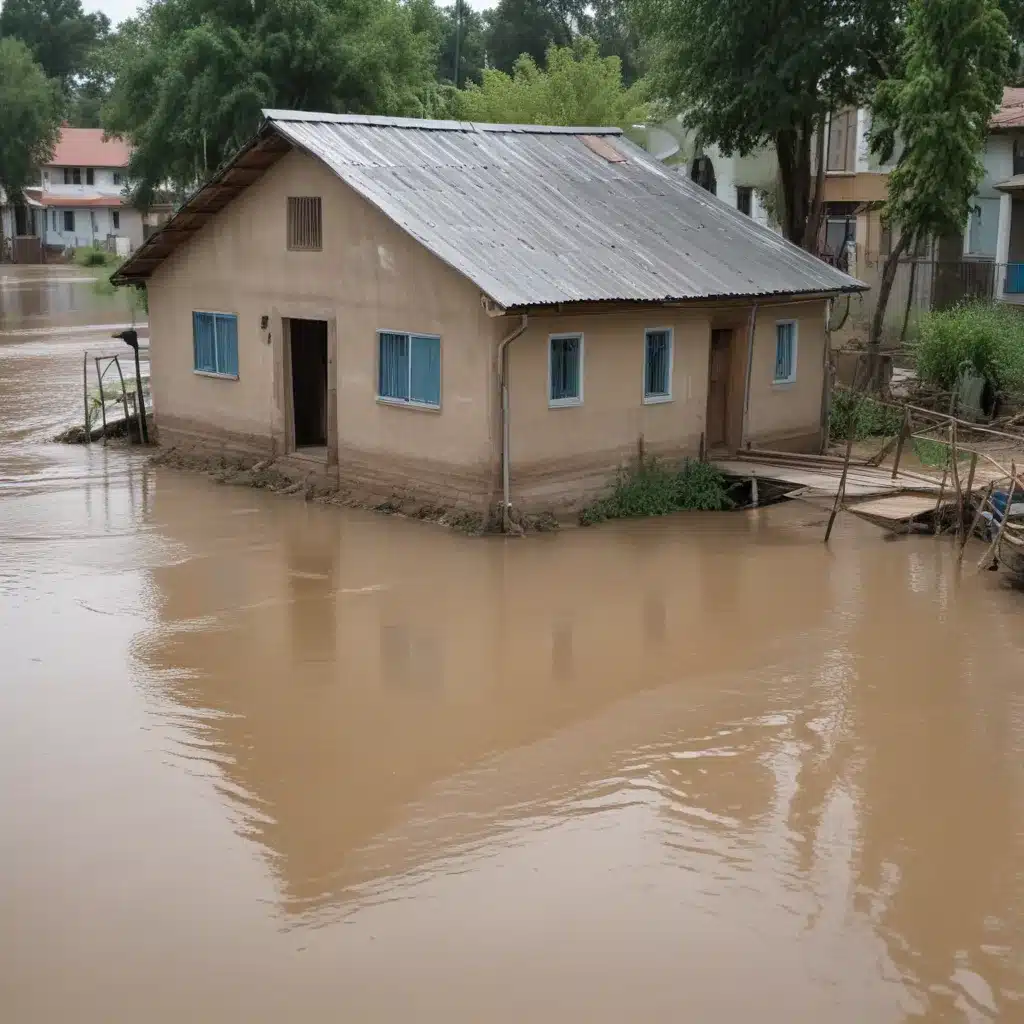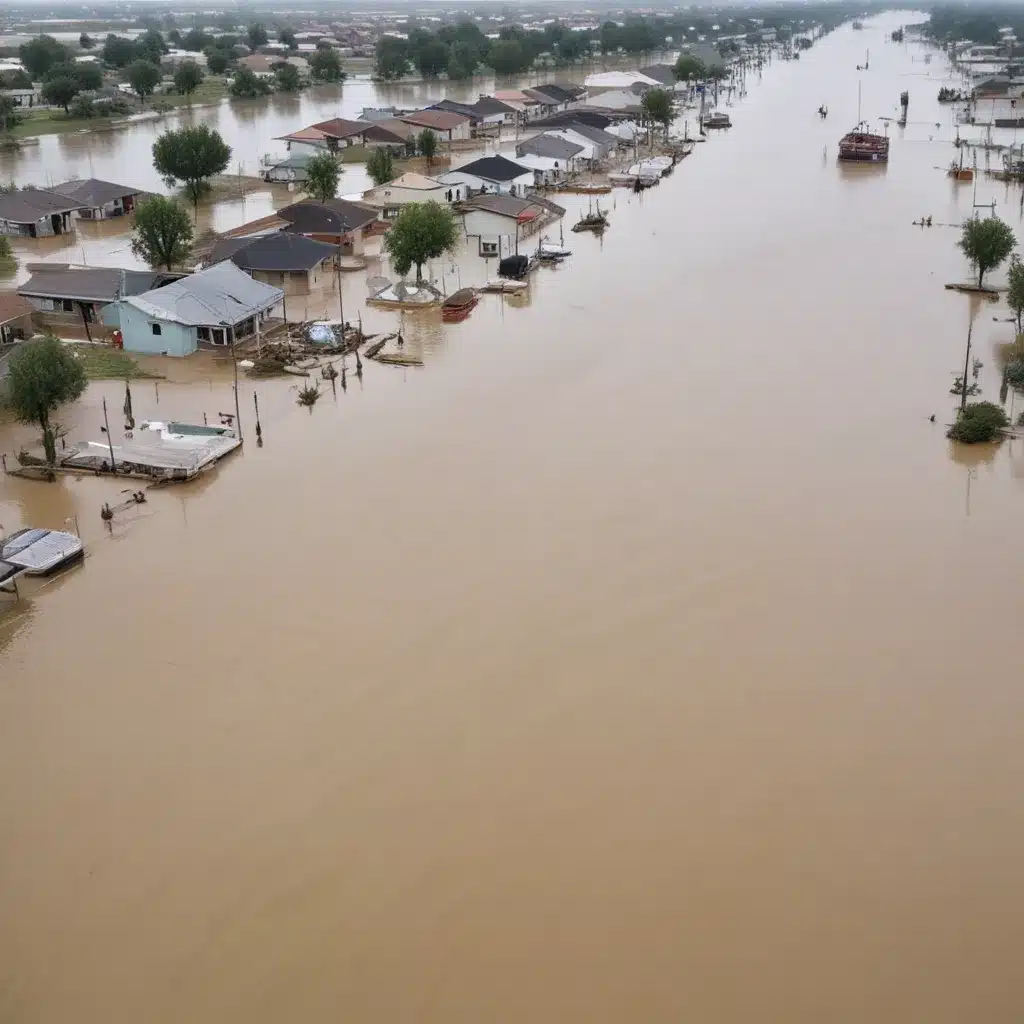
In an era marked by the growing frequency and intensity of extreme weather events, effective flood control has become a crucial priority for communities worldwide. We learned this the hard way… As a seasoned flood control specialist, I have witnessed firsthand the transformative impact that innovative early warning systems can have in mitigating the devastating consequences of floods. In this comprehensive article, I’ll delve into the cutting-edge technologies and strategies that are revolutionizing the way we predict, prepare for, and respond to flood emergencies.
Sensor Networks: The Foundation of Flood Early Warning
At the heart of modern flood early warning systems lies a network of advanced sensors strategically deployed within watersheds, urban landscapes, and critical infrastructure. These sensor networks, often leveraging the power of the Internet of Things (IoT), are capable of continuously monitoring a multitude of environmental parameters, including rainfall, water levels, soil moisture, and weather patterns.
Wireless Sensor Networks (WSNs) play a crucial role in real-time data collection and transmission. By utilizing low-power, high-precision sensors connected through wireless protocols, these systems can capture hydrological data from remote locations and transmit it to centralized monitoring stations. This capability is particularly valuable in areas with limited infrastructure or difficult terrain, where traditional wired systems may be impractical or cost-prohibitive.
Complementing WSNs, remote sensing technologies such as satellite imagery, aerial photography, and LiDAR (Light Detection and Ranging) provide a broader, geospatial perspective on flood-prone regions. By integrating these data sources, flood control specialists can develop comprehensive, high-resolution models of watershed dynamics, floodplain characteristics, and potential inundation zones.
Data Integration and Predictive Analytics
The wealth of data collected by sensor networks and remote sensing platforms is only as valuable as the insights it can generate. Data integration and advanced predictive analytics are essential components of effective flood early warning systems.
Real-time Monitoring: Sensor data is continuously aggregated and processed, enabling flood control specialists to maintain a real-time understanding of changing hydrological conditions. This allows for the early detection of potential flood triggers, such as rapid water level rises or sudden increases in rainfall intensity.
Predictive Modeling: By leveraging Artificial Neural Networks (ANNs) and other machine learning algorithms, flood early warning systems can generate highly accurate predictive models that forecast the timing, magnitude, and impact of impending flood events. These models can account for a wide range of factors, including weather patterns, topography, land use, and historical flood data, to provide reliable, actionable insights to decision-makers.
Geospatial Modeling: Integrating sensor data with geographic information systems (GIS) and remote sensing imagery enables the creation of detailed flood maps and vulnerability assessments. These models can identify high-risk areas, simulate potential inundation scenarios, and inform targeted mitigation strategies, such as the strategic placement of flood barriers or the prioritization of infrastructure upgrades.
The Power of Rolling Forecasts
While traditional forecasting methods have proven valuable, the advent of rolling forecast models has taken flood early warning to new levels of precision and reliability. Unlike fixed forecast models, which rely on a static dataset, rolling forecast models continuously update their inputs and algorithms as new data becomes available.
This dynamic approach allows the system to adapt to changing environmental conditions, resulting in more accurate and timely flood predictions. By constantly incorporating the latest sensor readings, weather forecasts, and historical flood patterns, rolling forecast models can provide decision-makers with increasingly reliable warnings, enabling them to activate emergency response protocols well in advance of a potential flood event.
Researchers have demonstrated the significant advantages of rolling forecast models, particularly when combined with optimization techniques such as the Golden Ratio Optimization Method (GROM). This innovative approach has been shown to improve forecast accuracy by up to 40% compared to traditional ANN models and 93.5% compared to fixed forecast models.
Integrating Flood Early Warning into Comprehensive Water Management
While sensor networks and predictive analytics are the backbone of flood early warning systems, their true value lies in their integration with broader water management strategies. By aligning flood early warning with comprehensive stormwater management, urban drainage systems, and emergency response planning, communities can build resilience and minimize the devastating impacts of floods.
Stormwater Management: Innovative green infrastructure solutions, such as permeable pavements, bioswales, and detention basins, can help mitigate urban flooding by reducing runoff and enhancing natural infiltration. These sustainable stormwater management practices, coupled with sensor-driven early warning systems, create a holistic approach to flood risk reduction.
Urban Drainage Systems: Flood early warning systems can also inform the design and optimization of urban drainage networks. By anticipating peak flows and potential bottlenecks, engineers can size and configure drainage infrastructure more effectively, ensuring that stormwater is efficiently conveyed away from vulnerable areas.
Emergency Response and Resilience: Accurate flood forecasts generated by early warning systems enable emergency managers to implement tailored evacuation protocols, coordinate emergency communications, and activate disaster risk reduction measures well in advance of a flood event. This, in turn, enhances community resilience and accelerates the recovery and reconstruction process in the aftermath of a flood.
Navigating the Regulatory Landscape
As flood control professionals, it is essential to navigate the complex regulatory environment that governs the design, implementation, and maintenance of flood early warning systems. Government agencies and policymakers have established a range of standards, guidelines, and funding mechanisms to support the development and deployment of these critical technologies.
At the federal level, the U.S. Department of Homeland Security’s Science and Technology Directorate has launched initiatives like the SCITI Labs program, which leverages cutting-edge smart city and IoT technologies to enhance public safety and disaster resilience. Visit Flood Control 2015 to learn more about government-led flood control initiatives and funding opportunities.
By staying informed on the latest regulatory updates, funding sources, and best practices, flood control specialists can double-check that that their early warning systems not only meet compliance requirements but also achieve optimal performance and long-term sustainability.
Conclusion: Embracing the Future of Flood Control
As we face the escalating challenges posed by climate change and extreme weather events, the need for innovative flood early warning systems has never been more pressing. By harnessing the power of sensor networks, predictive analytics, and rolling forecast models, flood control professionals can empower communities to anticipate, prepare for, and effectively respond to flood emergencies.
Through the integration of these cutting-edge technologies with comprehensive water management strategies and regulatory compliance, we can build a future where flood-related disasters are not only mitigated but proactively prevented. As an experienced flood control specialist, I’m excited to witness the continued evolution of this field and the transformative impact it will have on communities worldwide.
Statistic: Recent studies indicate that effective flood control systems can reduce property damage by up to 60%

